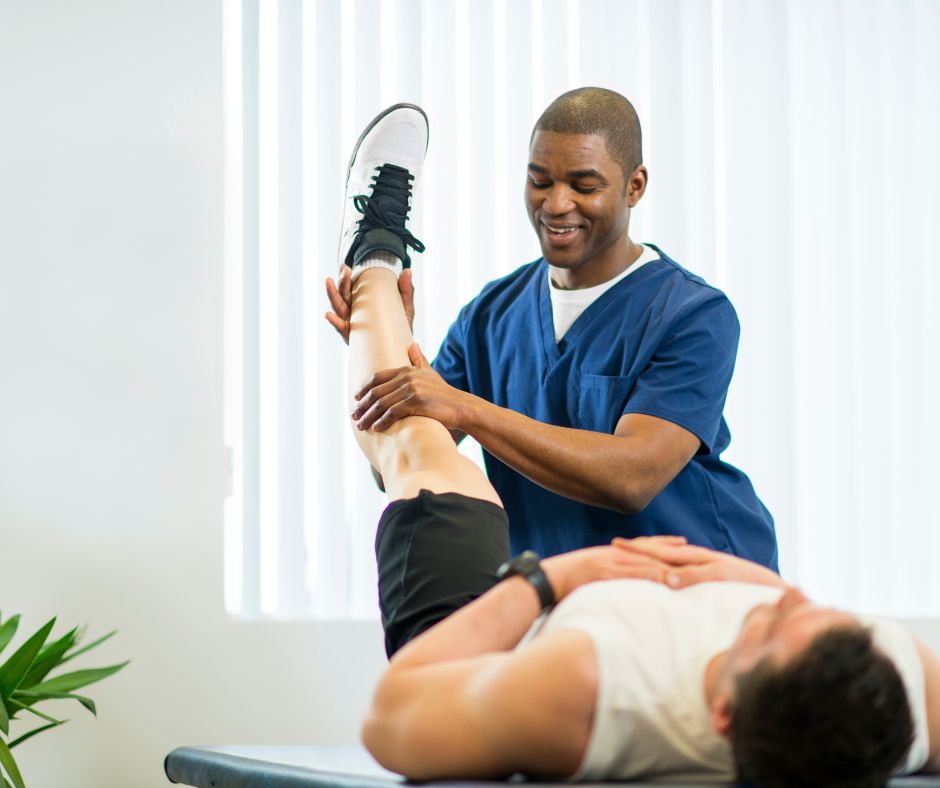Physical therapy after surgery typically begins with an assessment by a certified physical therapist. This expert assesses the patient's status, including their range of motion, power, and pain levels. Based on this assessment, a customized treatment plan is developed. This plan may consist of workouts to improve flexibility, muscle-building to restore muscle, and methods to enhance balance and coordination. The therapist will guide the patient through these exercises, making sure they are executed safely and efficiently. This customized approach helps patients progress at their own pace while addressing their specific needs.
One of the key advantages of rehabilitation is pain management. After surgery, many patients experience discomfort or discomfort, which can hinder their ability to function and engage in daily tasks. Physical therapists use different techniques, such this post as hands-on therapy, modalities like heat or ice, and specific workouts, to help reduce pain. By controlling pain efficiently, patients can engage more fully in their recovery workouts, leading to faster recovery. Additionally, learning how to manage pain can enable patients to assume an active role in their healing process.

Another important aspect of physical therapy is instruction. Patients are informed about their condition, the healing process, and the significance of following to their rehabilitation program. This knowledge helps patients comprehend what to anticipate during recovery and the role they have in their own healing. Physical therapists also offer advice on how to modify daily activities to avoid further harm and promote healing. This educational component encourages a sense of self-sufficiency and confidence, allowing patients to feel more in control of their healing journey.
In conclusion, physical therapy is an integral component of healing after an operation. It not only aids in physical rehabilitation but also promotes emotional and emotional well-being. Through customized treatment plans, pain management techniques, and informative support, physical therapy empowers patients to take charge of their healing. By proactively participating in their rehabilitation, individuals can recover their power, improve their mobility, and improve their overall quality of life. Embracing rehabilitation after surgery can lead to a positive and fulfilling healing experience.